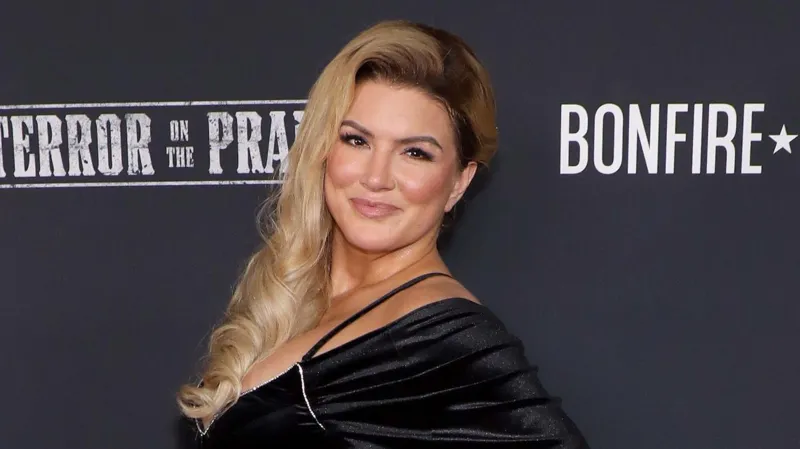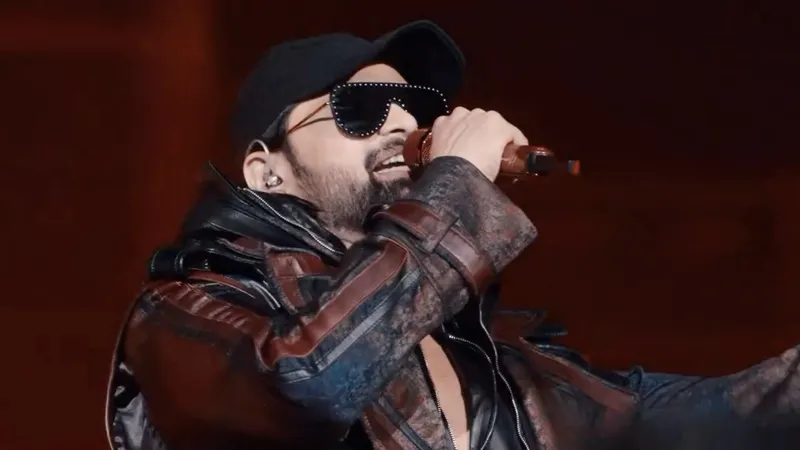‘Command your troops, damn it!’ How a series of security failures opened a path to insurrection in Brazil

A sea of people, draped in the yellow and green of the Brazilian flag, surge onto the roof of the country’s modernist congressional building in the capital Brasilia, a video shared on social media shows.
In the foreground, officers from the military police of Brazil’s Federal District, which includes Brasilia, can be seen standing, chatting or filming the crowds in the distance.
Their calm belies the chaos unfolding on January 8. For around four hours, thousands of far-right supporters of former President Jair Bolsonaro stormed all three branches of Brazil’s government – Congress, the Supreme Court, and presidential palace – overwhelming security forces and calling for the leftist incumbent Luiz Inácio Lula da Silva to be ousted.
The violence has shocked the country, with many wanting answers as to how so many people managed to enter some of the most highly securitized buildings in the country, with practically no resistance. Questions are mounting as to whether members of the security forces tasked with protecting the area and their leaders were just overstretched, incompetent or even actively assisted the protesters.
Top Brazilian officials say that pre-agreed security plans were not carried out on the day.
CNN has analyzed a series of videos and livestreams posted on social media to explore the security failures that allowed an insurrection to take place with such extraordinary ease and found that some officers appeared friendly to the rioters, while many others seem woefully underprepared for the angry mob. CNN has not identified and spoken to the officers in the videos.
Videos show some police officers standing and watching the protestors as they stormed Congress, one even filmed the events. Credit: YouTube, Twitter and Telegram.
Authorities investigating the riots, like the Supreme Court, have pointed fingers at officials in Brasilia, and several Federal District security chiefs have been fired or issued with arrest warrants for alleged collusion since the Sunday riots.
“The Brasilia police neglected [the attack threat], Brasilia’s intelligence neglected it,” Lula claimed one day after the siege. He said that from the footage it was easy to see “police officers talking to the attackers. There was an explicit connivance of the police with the demonstrators.”
Suspicions of “connivance” have been fueled by his predecessor Bolsonaro’s close relationship with the military during his presidency, filling his then-cabinet with military chiefs. In the weeks leading up to the siege, supporters of the ex-leader and former army captain – who never explicitly conceded his election loss in October – camped outside army barracks across Brazil, calling for a military intervention to overturn Lula’s victory.
Bolsonaro has made false claims of election fraud, sowing doubt in the legitimacy of the election. He left for Florida more than a week before the insurrection.
Lula on Thursday also accused some people in the armed forces of complicity. “There were many people complicit in this. There were many from the (military police), many from the armed forces complicit,” he said during a press conference.
The Brazilian president said he doesn’t think of the events of January 8 as a “coup” but as a “smaller thing, a band of crazy people who haven’t realized that the election is over.”
The military police of the Federal District have not responded to CNN’s questions about the alleged security failures of their forces. Nor has the Army Command in Brasilia – which has yet to make a public statement on the riots.
Videos taken on January 8 suggest a reduced security presence compared to Lula’s inauguration a week before, at the same government complex, when more than 8,000 troops from military and civil forces were deployed.
On January 8, there were just 365 military police officers working in the area. After Lula authorized a federal intervention at around 6 p.m. local that evening, another 2,913 were summoned, a caretaker Federal District spokesperson told CNN. The leadership of the office has changed since the January 8 riots.
The army and civil police forces did not respond to CNN’s request for information on how many army troops and police forces were deployed to the area on Sunday.
The military police are investigating the events on January 8 and “will start procedures to investigate” the alleged conduct of “police agents who behaved differently from (how) they were supposed to,” Ricardo Cappelli, the caretaker head of security for the Federal District of Brasilia, who got the role Sunday after his predecessor was fired, said this week.
Days of planning
Sunday’s protests had been openly organized online days before and intelligence services were aware of their plans. Telegram conversations seen by CNN show people messaging as early as January 5 about their intentions to storm Brazil’s Congress.
One post mentions a plan to use the Zello phone app, which works like a walkie talkie, if the internet was disrupted. The same app was used by some US Capitol rioters on January 6, 2021.
Several others shared detailed maps of the parliamentary area, labeling clearly the Congress and Senate buildings as the assembly point.
Brazil’s intelligence agency said it issued daily alerts ahead of January 8 to the government and the federal district government, warning the protests would be large and violent, CNN Brasil reports.
Their intelligence was based on a warning raised by the country’s transport agency that an unusual volume of buses had been chartered to Brasilia. Both the Minister of Justice Flávio Dino and then-Federal District Governor Ibaneis Rocha, a Bolsonaro ally, were notified, said the intelligence agency.
-cnn







